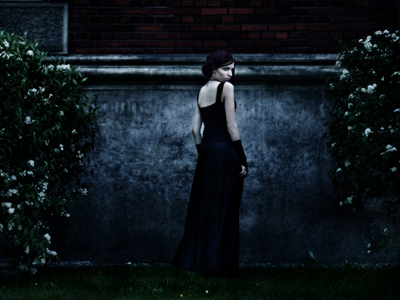
The Woman in Black - Character
This GCSE English Literature quiz asks questions about The Woman in Black by Susan Hill. The Woman in Black is narrated by its central character, Arthur Kipps. Other figures who feature in the novel are his employer, Mr Bentley, his friend, Samuel Daily, his fiancée, Stella, his wife Esmé and her children, the landlord of the Gifford Arms, and Keckwick, the driver of the pony and trap which conveys Arthur across Nine Lives Causeway. Mrs Drablow and Jennet Humfrye, who are both dead at the time of Arthur’s visit to Crythin Gifford, play important roles in the tale nonetheless. Because Arthur narrates his own tale, the audience perceives events and other characters through his eyes. Stella, for example, is a fairly shadowy figure, evoked whenever Arthur thinks of home and comfort. She appears in the novel only twice: once when she comes north to accompany Arthur home and then again at her tragic death.
Ready for more?
not all...
quizzers. Try to win a coveted spot on our Hall of Fame Page.







